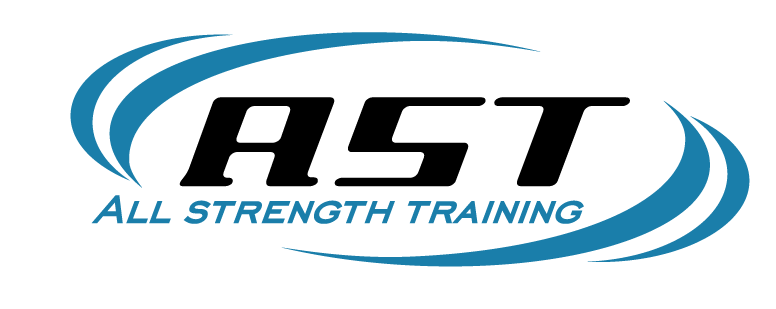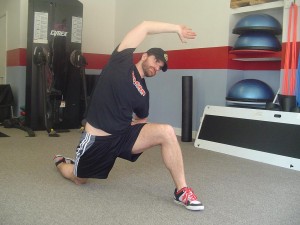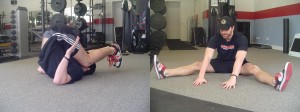The Importance of Recovery Training
When most people think of their training programs, they usually think about the fun stuff. Weight training is what packs on muscle and makes your whole body stronger, and intense cardiovascular conditioning strips off bodyfat and develops stamina and endurance in the heart and lungs. But when done week after week, all of that hard work will leave your body feeling achy and beaten down.
Warning signs:
- Chronic muscle soreness lasting more than 1-2 days after a training session
- Joint aches and pains
- Posture changes due to muscle tightness, leaving the body vulnerable to injury
- Difficulty feeling an exercise in the target muscle
At this point, there is no way to continue to train at full intensity without making some kind of adjustment to correct these issues. Enter recovery training.
What is recovery training?
Recovery training is simple – it is a short, low-intensity training session designed to help your body repair muscle damage and increase blood flow to ease inflammation on joints, tendons and ligaments. In most cases, recovery sessions are simply added in addition to your regular training sessions during the week. However, since they are rather short and not very intense, they can be done any time – before training, after training, or on an off day.
Basic recovery methods
There are three big commonly used recovery methods that can be done as often as needed – static stretching, dynamic stretching, and self-myofascial release. Each has its own place, and they work best when implemented together throughout a training program’s duration.
Static stretching
Static stretching is simply holding a muscle in a gently stretched position for a period of time, usually 5-30 seconds. It’s critical that you do not overstretch a muscle, as it can result in strains and tears. The focus should be on getting a “gentle stretch,” something that you can feel the muscle but should never be painful or unbearable. One other caution is to be careful of hyperextending certain joints, specifically the knee and elbow. The knee should stay unlocked when doing hamstring stretches (hurdler stretches, toe touches, etc.), as should the elbow during bicep and pec stretches (doorway stretches, etc.).
Also, because muscles are more pliable when they are warm, static stretching is best done once the body temperature has already been elevated, so make sure you do it either after a warm-up or post-workout for maximum safety and effectiveness.
Dynamic stretching
Dynamic stretching serves two purposes – increase circulation through a muscle and the surrounding connective tissue; and increase range of motion beyond that achieved through static stretching. Dynamic stretches are not held in place for any length of time; instead, they return to the original position as soon as they have gone through the full range of motion. Examples of dynamic stretching include arm windmills, butt-kickers, high knees, and straight-leg swings.
Self-Myofascial Release
Think of self-myofascial release as a form of self-administered deep-tissue massage. SMR is to your muscles what a rolling pin is to a lump of bread dough. You basically take a hard object (usually a foam roller, which come in various densities) and roll up and down the muscle, stopping to apply pressure to the tight spots for 15-20 seconds before moving on to the next tight area. The pressure from the roller stimulates the Golgi Tendon Organ (GTO) reflex, which triggers the muscle to relax and release tension. It can take several weeks up to several months to fully release the pressure on an area, depending on how severe the problem is.
Also, just like static stretching, SMR is best done with the body’s temperature already elevated.
Implementing Recovery Training
It doesn’t take long to work recovery training into your program – all three methods can be completed in 15 minutes or less 2-4 times a week. What’s the old saying? “An ounce of prevention is worth a pound of cure.”



